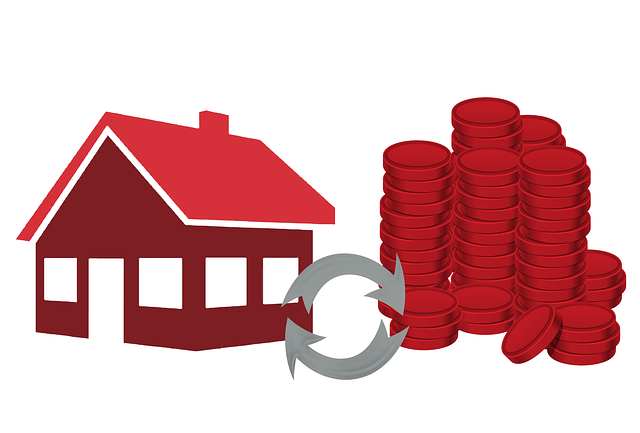Lender fees and charges, including application, processing, appraisal, and closing costs, significantly impact loan or mortgage agreements. When comparing lenders, borrowers should scrutinize all fees, which can vary widely, to make informed decisions. Beyond initial interest rates, consider the annual percentage rate (APR), loan terms, and hidden fees like early repayment penalties. Balancing these factors helps find the best lender interest rates aligned with individual financial requirements and saves money in the long run.
When considering a loan, understanding and comparing lender fees and charges is crucial. This guide helps you navigate the complexities of various costs associated with borrowing money. We’ll break down key factors to compare, focusing on interest rates as a central component. Learn effective strategies to secure the best deal by scrutinizing fees, avoiding hidden costs, and maximizing your financial savings in the long run.
- Understanding Lender Fees and Charges
- Key Factors to Compare Interest Rates
- Strategies to Secure the Best Deal
Understanding Lender Fees and Charges

Lender fees and charges are an essential aspect of any loan or mortgage agreement that can significantly impact your financial health. Understanding these costs is crucial before borrowing money, as they go beyond just the lender interest rates. These fees cover various services and risks associated with lending money to borrowers. Common charges include application fees, processing fees, appraisal fees, credit report fees, origination fees, and closing costs. Each of these expenses serves a different purpose, from evaluating your creditworthiness to ensuring the security of the loan.
When comparing lenders, it’s vital to scrutinize each fee and understand how they add up over the life of the loan. Lender interest rates are just one component; others, such as closing costs or origination fees, can vary widely between lenders. By thoroughly reviewing these charges, borrowers can make informed decisions, securing the best possible terms that align with their financial goals and capabilities.
Key Factors to Compare Interest Rates

When comparing lender interest rates, several key factors come into play. Firstly, look at the annual percentage rate (APR). This includes not just the interest but also any additional fees and charges, giving a more comprehensive view of the true cost of borrowing. Secondly, consider the term of the loan—shorter terms often mean lower interest rates but can increase monthly payments. Balancing these factors is crucial to finding the best deal that fits your financial needs.
Additionally, pay attention to any hidden fees or charges. Lender interest rates may seem attractive, but extra costs for things like early repayment penalties, application fees, or documentation charges can significantly add up over time. Thoroughly reviewing these details ensures you understand all associated costs and makes informed decisions about the lender that offers the most favorable terms.
Strategies to Secure the Best Deal

When shopping for a loan, understanding and comparing lender fees is essential to securing the best deal. Start by gathering quotes from multiple lenders and thoroughly reviewing each offer. Pay close attention to not just the interest rates but also any hidden fees or charges associated with the loan. Lender interest rates can vary significantly, so don’t assume that the lowest rate is always the best option; consider the overall cost of borrowing.
Next, look for transparent pricing structures and ask about potential discounts or promotional rates. Negotiating terms and conditions can sometimes lead to better deals, especially if you have a strong credit history. Remember, taking the time to compare fees can save you money in the long run and ensure that you choose a lender who aligns with your financial needs and expectations.






